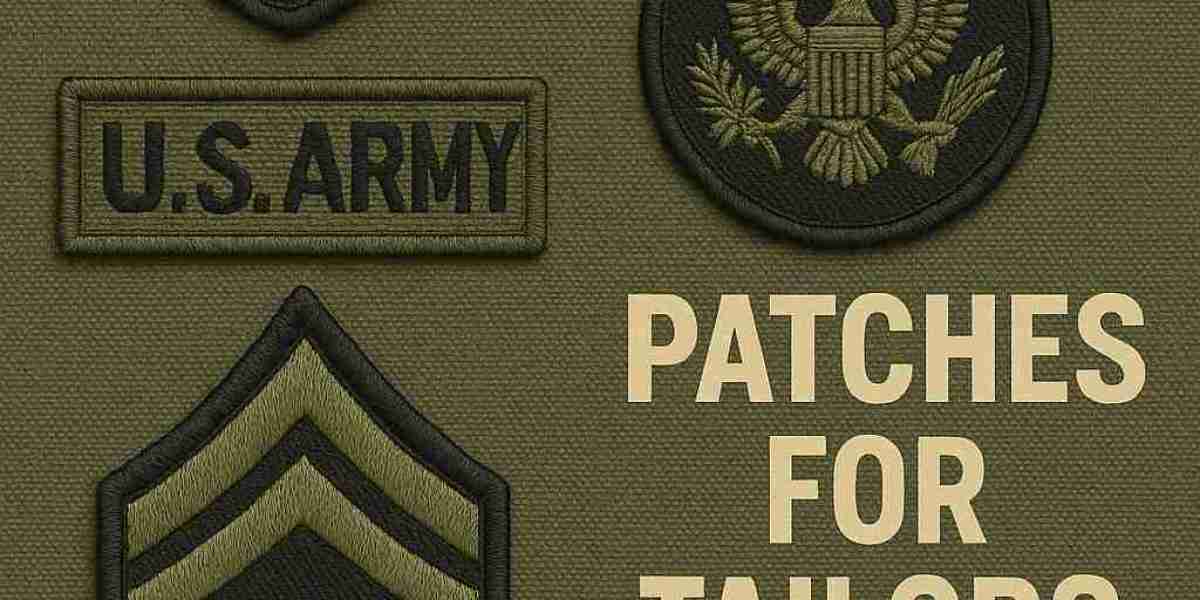Why Embroidery Floss Quality Matters: Secrets to Long-Lasting Stitching Projects
Introduction
Embroidery floss is the heart of any hand-stitched creation. Whether you’re crafting a vintage hoop design, customizing clothing, or personalizing accessories, the quality of your floss determines how your final piece looks and lasts. While many hobbyists focus on techniques and tools, the importance of choosing the right embroidery floss is often overlooked.
This comprehensive guide explores why embroidery floss quality is essential, how it influences your stitching, and what to look for when selecting floss for professional and hobbyist-level embroidery work.
The Basics: What Is Embroidery Floss?
Embroidery floss is a loosely twisted, slightly glossy thread made especially for embroidery and other forms of needlework. It is usually composed of six strands, which can be separated depending on your desired stitch thickness.
Floss comes in various materials including:
Cotton (most common)
Silk
Rayon
Linen
Metallic blends
Each type affects texture, finish, and durability. For example, cotton embroidery floss is the go-to for traditional projects, while metallic threads are preferred for sparkle and highlight effects.
Why Floss Quality Should Never Be Compromised
1. Colorfastness Matters
Low-quality floss tends to bleed or fade over time, especially when washed or exposed to sunlight. This can ruin intricate designs that took hours to stitch. Always opt for colorfast embroidery floss, which retains its vibrancy and ensures your work remains pristine.
2. Thread Strength
Poor quality floss frays, tangles, or breaks easily, leading to frustrating stitching sessions. High-quality floss provides smooth glide, fewer knots, and holds up better through multiple passes through fabric.
3. Uniform Thickness
Inconsistent thread thickness can make stitches look uneven. Professional embroidery floss maintains consistent diameter across its length, giving you neat and professional-looking results.
4. Smooth Finish
Cheaper floss might appear fuzzy or rough, which affects the overall polish of your embroidery. Premium floss, especially mercerized cotton, delivers a soft sheen and clean lines in your patterns.
Different Types of Embroidery Floss and Their Uses
Knowing which type of floss to use can elevate your embroidery game significantly.
• Cotton Embroidery Floss
Ideal for general embroidery, cross-stitch, and hand embroidery. It's soft, versatile, and widely available.
• Silk Floss
Offers a luxurious sheen and smooth finish. Best for heirloom projects, monograms, and high-end apparel embroidery.
• Rayon Floss
Super shiny and smooth, but more slippery to work with. Used for bold, shiny highlights in decorative work.
• Metallic Floss
Best for festive designs and accents. Requires patience due to its tendency to tangle, but creates a stunning effect.
• Linen Floss
Rougher in texture but offers a rustic and earthy finish—great for folk art and primitive embroidery designs.
Pro Tips for Choosing the Right Embroidery Floss
✅ Check Brand Consistency
Stick with brands that are known for maintaining color and thickness consistency across batches. This avoids mismatched shades in multi-skein projects.
✅ Test for Colorfastness
Before using a new skein, dampen a piece of it and press on white fabric to test for bleeding.
✅ Store Floss Properly
Avoid sunlight and humidity. Store floss in a cool, dry place to prevent color fading and mildew buildup.
✅ Use Thread Conditioner for Metallics
Metallic and rayon threads can be softened with conditioners, making them easier to stitch with.
✅ Match Floss to Fabric Type
For delicate fabrics like silk or chiffon, lightweight floss is best. For denser fabrics like canvas or denim, thicker floss or multiple strands may be needed.
Embroidery Floss in Modern DIY Projects
In the age of handmade and personalized everything, embroidery floss has become more versatile than ever. Beyond traditional stitching, it’s used in:
Friendship bracelets
Keychains
Handmade cards
Tassels for bags and clothes
Thread painting and wall art
These applications demand floss that doesn’t just look good, but holds up through wear and tear.
Mistakes to Avoid When Working with Embroidery Floss
Using All 6 Strands by Default: Not every design needs full thickness. Adjust strands based on desired texture and stitch density.
Ignoring Tension Control: Uneven tension causes puckering. Floss that glides well helps maintain even tension naturally.
Not Pre-washing the Fabric: If the fabric shrinks later, your stitches may distort—even with the best floss.
Skipping Thread Prep: Always cut floss to manageable lengths (no more than 18 inches) and separate strands to reduce tangling.
How to Extend the Life of Your Embroidery Work
Quality embroidery floss is the first step. But if you want your pieces to last generations, consider:
Using a hoop or frame to reduce strain on stitches.
Backing your work with interfacing for added stability.
Washing gently by hand (if needed), and never wringing out the fabric.
Ironing from the back side with a protective cloth.
Final Thoughts
Choosing the right embroidery floss isn’t just about color—it’s about finish, durability, and stitchability. High-quality floss transforms good embroidery into great embroidery. Whether you're a beginner or a seasoned artist, understanding floss material, quality, and usage will give your handmade creations a professional and lasting edge.




